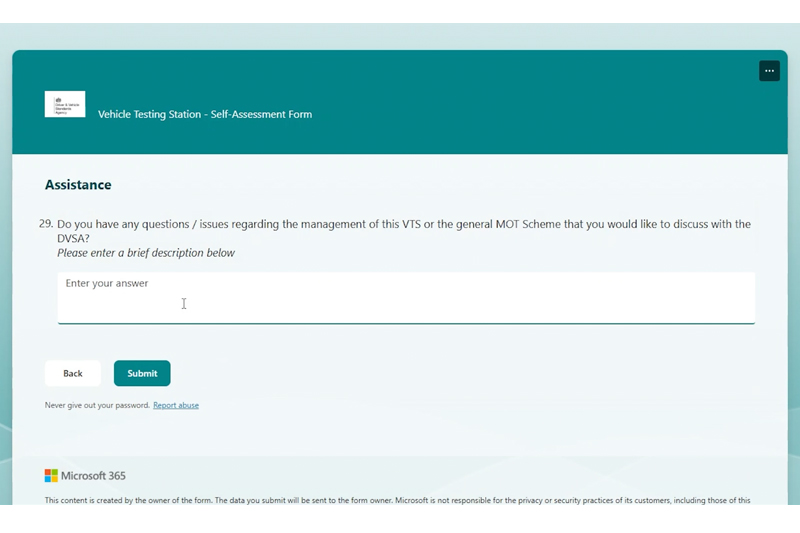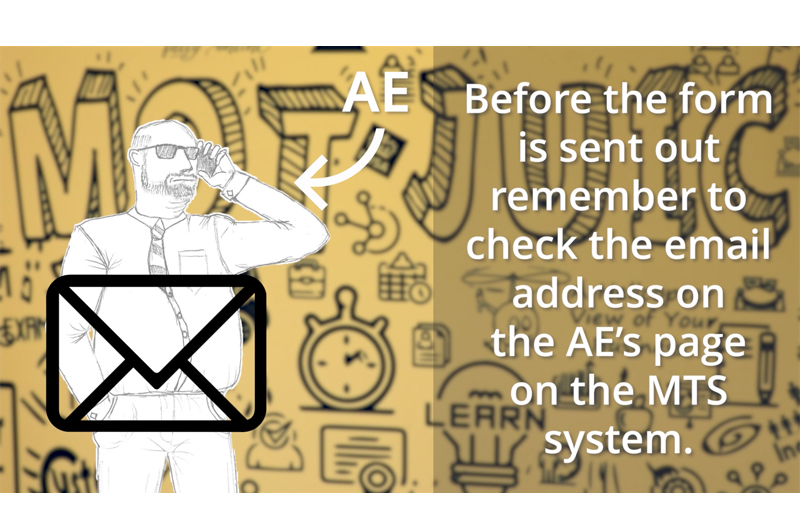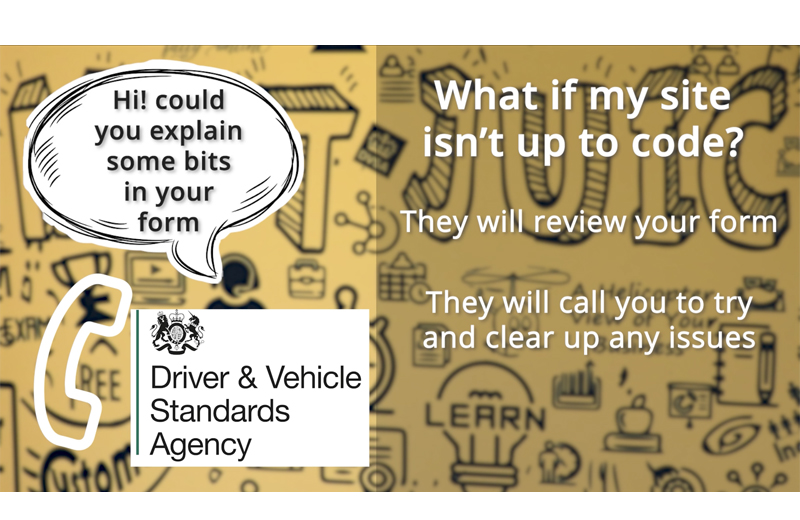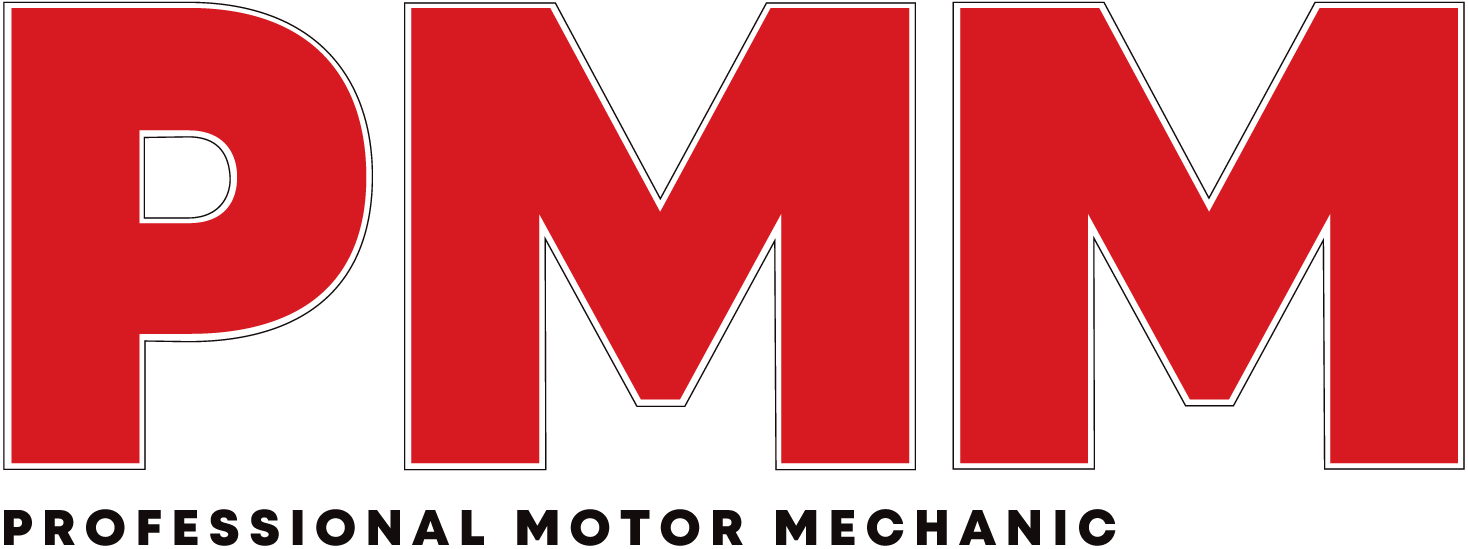
MOT Juice updates readers of PMM on the latest changes to the MOT process.
Over the past few months, Authorised Examiners across the UK have started receiving the DVSA’s new VTS Self- Assessment form – a key part of the updated MOT compliance review process that officially came into effect in April 2025.
The form is part of the DVSA’s move to streamline onsite reviews by replacing or supplementing some of the traditional admin checks with an off-site, self-declared assessment. The form is being emailed directly to the AE listed in the MOT Testing Service (MTS) and must be completed within 14 days. It asks the AEDM to confirm compliance in several key areas:
- Regular completion of Quality Control (QC) checks
- Up-to-date equipment calibrations
- Regular reviews of TQI and Test Log data
- Actions taken in response to any issues identified
- Declarations around testing standards and site conditions
If concerns are raised, a follow-up on-site visit may be triggered.While the new form introduces an additional step in the process, businesses are generally finding it quick and manageable – provided their systems are in order.
TQI and test log reviews
TQI (Test Quality Information) is a monthly dataset that shows how each tester’s results compare to national averages – particularly failure rates by component. It’s used by the DVSA to assess testing quality, flag anomalies, and identify potential risks. Reviewing their TQI data helps testers ensure they’re consistently applying the correct standards, and highlights where additional training or guidance may be needed.

Test log reviews, typically carried out by Site Managers, are arguably the most important compliance task of all. These checks help confirm that MOTs are being conducted properly: on-site, within appropriate timeframes, and in line with DVSA requirements. They’re essential for spotting red flags such as unusually fast test times or MOTs being completed off-site.
While AEs aren’t expected to carry out these reviews personally, they are responsible for ensuring they’re being done regularly – and the self-assessment form now asks them to confirm this.
Help available
MOT Juice has been gathering feedback from clients who’ve already completed the new form. The overwhelming consensus? With a centralised quality management system in place, the process takes just minutes.
“We’ve heard from dealer group AEDMs who have had to submit multiple forms already, and they’ve all said the same thing: having a centralised system makes it so easy,” said Barry Babister at MOT Juice.
“Because MOT Juice tracks everything in one place, our clients aren’t chasing bits of paper or pulling reports from multiple sources,” Barry added. “Some have completed six self-assessments last month alone. But with a system like ours, they know exactly what’s happening at each of their sites – and can back up every response with clear, accurate records if ever questioned by the DVSA.”

For businesses without clear oversight of MOT compliance the introduction of this form is a timely reminder: with increased scrutiny from the DVSA, improving your quality management processes has never been more critical.
Onsite reviews simplified
According to the official announcement, most VTSs will still receive periodic onsite visits from examiners. As these checks will be much quicker, they will now also be carried out during other routine VE visits (e.g. signing off a newly qualified tester).
However, VEs will now focus more on test quality and basic compliance checks, rather than an in-person deep dive into systems, processes, and paperwork.
The DVSA’s revised approach is designed to reduce admin burden and improve focus on testing processes, allowing VEs to visit more sites and concentrate on whether vehicles are receiving the correct test result. At the same time, AEs remain accountable for maintaining key compliance standards through effective day-to-day oversight.









